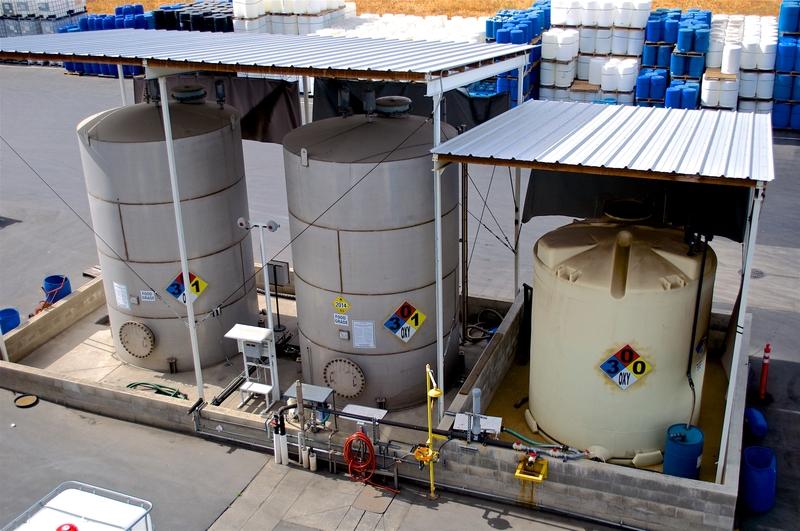When it comes to businesses, California often has strict laws. This is especially true for businesses that handle hazardous materials. To make it even more challenging, California frequently updates its hazardous materials laws, causing businesses to have to quickly adopt new policies and comply with them by the deadlines. Here are three things to take into consideration if your California business handles hazardous materials.
The Hazardous Materials Business Plans (HMBP)
You’ll be required to submit an annual report that’s known as the HMBP. This report is incredibly intensive and is something you don’t want to wait until the last minute to tackle. The report has five sections:
- Business activities form
Owner/Operator identification form
Description and inventory of hazardous material
A comprehensive site map
Your emergency training and emergency response procedures
The report must be filed online in the California Environmental Reporting System (CERS). Failure to do so can result in hefty fines in the range of $2,000 to $5,000 per day. It’s safe to say that you need to make this report a priority every year.
Storage
Storage policies for hazardous materials in California can be a nightmare. You, of course, need the standard GHS pictograms but also need some more documentation. The policies differ significantly and depend on the type and location of your storage solution. Is your storage above ground or underground? What type of storage? What type of hazardous material and how much? There are so many different aspects to the storage policies that you’ll probably want a dedicated team that’s in charge of storage. Keep in mind that you’ll also need labels — a lot of government-regulated labels.
Employee Training
If you think a few flyers or pamphlets will cover employee training for hazardous materials handling in California, think again. You must have a very comprehensive, written training program that’s preferably created from scratch. This training must be implemented within 30 days of hiring a new employee, and, according to California Proposition 65, must indicate all hazardous substances the employee may be exposed to. This training program must be available, in writing, at any given time to employees as well as OSHA. Failure to do so will result in hefty fines.
Operating a business in California that handles hazardous materials means that you’ll need to meet state regulations. This is not a task that you can handle alone. You need a team dedicated to making sure that you meet all regulations. Otherwise, you could see your profits turn into fines.
Read this next: 3 Major Environmental Pollution Concerns and How to Mitigate Them
